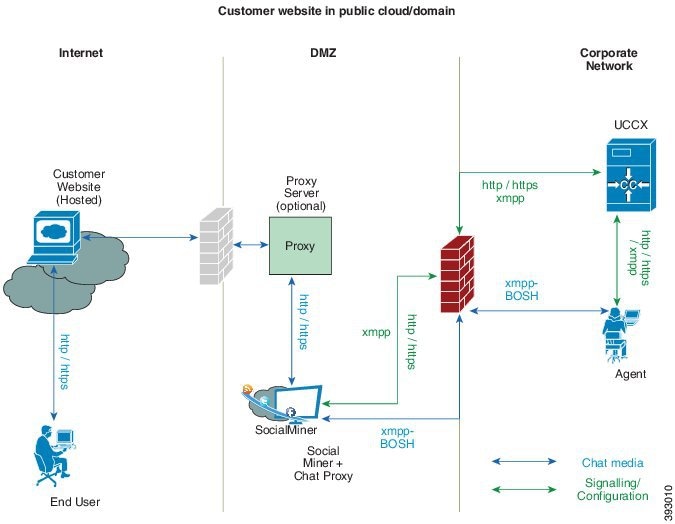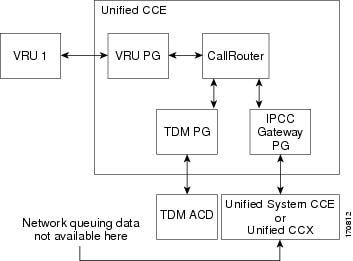
then specify "LumenVox ASR" as your ASR Provider, along with the appropriate number of LumenVox ASR licenses you have installed in your LumenVox system, and select the " OSR 3.1.x" from the Grammar Variant drop-down menu then click Add to apply the changes and return to the previous page.ĭon't worry about the UNKNOWN status for the LumenVox ASR Provider as it is not fully configured yet and will be described in the following section This will open the MRCP ASR Provider Configuration web page.Ĭlick the Add New icon in the upper left corner to add a new ASR provider for LumenVox This will be used in the following step to Add the LumenVox ASR Server.įrom the UCCX Administration menu bar, choose Subsystem > MRCP ASR > MRCP ASR Providers. Use the UCCX ASR Providers Configuration web page to specify LumenVox as your ASR provider. Shown above is a correctly configured LumenVox TTS Provider, and below is a correctly configured LumenVox TTS Server.Ĭontinue on to the next section to configure your ASR resources. We recommend selecting a gender of your choice for each language.Īt this point, the TTS provider status should be IN_SERVICE and the TTS Server should be REACHABLE if configured correctly. By default, this is set to "Neutral" unless configured explicitly here. This TTS default gender setting is used whenever a prompt for a specific locale is specified without specifying the gender.įrom the UCCX Administration menu bar, choose Subsystems > MRCP TTS > MRCP TTS Default Genders to open the configuration page.Ĭhoose the default gender setting for each locale (language) that is enabled. Use the MRCP TTS Default Gender Configuration web page to specify a default gender to use per locale, per provider. Select the Default Gender for TTS Provider Once the language(s) is set, you need to enable the language(s) and gender for the system to use then click Add.Ĭlick OK to acknowledge that the default gender is configured for the server. This will assign the RTSP (MRCPv1) connectivity port to be used. Whichever value you select, these should match in both your Cisco "Port Number" field and the LumenVox "RTSP_PORT" field. We recommend changing the Cisco value to match the LumenVox setting of 554, however you may change both to 4900 if preferred. By default, the LumenVox value for this setting is 554, however the Cisco default value may be 4900. "Port Number" should match that listed in your RTSP_PORT setting in your media_nf settings on your LumenVox Server. Select "LumenVox TTS" from the "Provider Name" drop-down list (this is the entry we created above).Ĭlick Add Language to select any language options needed based on the TTS voices and language(s) you have installed and licensed on your LumenVox TTS server. In the MRCP TTS Server configuration screen you should assign the IP address (or hostname) of your LumenVox server to the "Server Name" field

In the MRCP TTS Server configuration screen, click the Add MRCP TTSServer in the upper left corner. Once the above step has been completed to define LumenVox as an MRCP TTS Provider, you can then add a corresponding TTS Server Configuration.įrom the UCCX Administration menu bar, choose Subsystems > MRCP TTS > MRCP TTS Servers to open the configuration page. In the MRCP TTS Provider Configuration page, click Add.ĭon't worry about the UNKNOWN status currently shown for the LumenVox TTS Provider, since this is not fully configured yet and will be covered in the following section where the TTS Server will be configured.


In the MRCP TTS Providers configuration screen, click the Add, then specify "LumenVox TTS" as your TTS provider then click OK.

In the MRCP TTS Providers configuration screen, click the Add MRCP TTS Provider in the upper left corner. This will open the MRCP TTS Provider Configuration web page. This will be used in the following step to Add the LumenVox TTS Server.įrom the UCCX Administration menu bar, choose Subsystem > MRCP TTS > MRCP TTS Providers. You can use the UCCX TTS Providers Configuration web page to specify LumenVox as your TTS provider. Please refer to the UCCX documentation for more details. UCCX can be configured in a number of different ways, so this diagram is not meant to be inclusive, or meant to indicate the only way in which the system can be configured. The following network topology diagram is intended to provide a simple overview of the UCCX system, with an indication of where the LumenVox server(s) are associated. The The following configuration document is believed to be correct when working with Cisco UCCX 8.5 through UCCX 11.5, however minor differences between versions of the UCCX configuration screens may be seen.


 0 kommentar(er)
0 kommentar(er)
